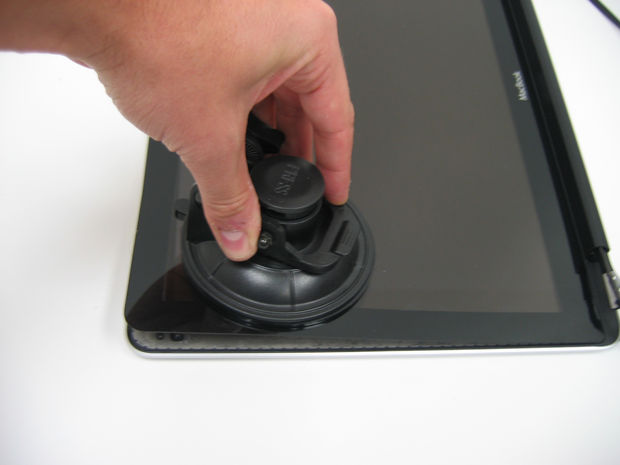How to replace a cracked display glass on the new 12 inch MacBook
We can’t think of a lot of things more annoying than cracking a MacBook’s LCD glass. Just as most other laptops, replacing a damaged display can be costly, but a quick search on everybody’s favorite tech self-help site, Instructables, gave us an insight in how to take it upon ourselves to replace the glass panel LCD on a 12 inch 2015 MacBook.
Warning: following the steps described on this post is not recommended on products covered by existing warranty where accidental damage does not apply.
Now that we have got the legal stuff out of the way, let’s have some fun!
Tools and parts:
Replacing a panel on a 2015 12 inch MacBook is not as easy as removing a few phillips screws. The Unibody design on the new MacBook requires a bit of work to be disassembled correctly, and the proper tools, as shown in the Instructables video on this page. All image attribution provided in this tutorial are credited to Instructables.
- Industrial suction cup for industrial repairs - Industrial suction cups come in different sizes, depending on the job. In this case, a small size, 4-5 inches in diameter, will work just fine on a Mac, as long as it’s easy to apply and remove.
- Small Philips screwdriver
- Small hot air blower - a regular air blower hot enough to loosen strong adhesive
- Replacement LCD protective glass, and/or replacement LCD display panel - for 12 inch 2015 Apple MacBook
- Double-sided adhesive tape - some brands, like 3M, may be specific to MacBook screens
Step one: removing the protective glass
The 12 inch MacBook’s display is comprised of three parts:
- the protective glass, which shields the actual display from external damage, like scratches or light impact,
- the clutch cover, which is the part that helps hide the cabling at the bottom of the MacBook’s display,
- the LCD display panel
The protective glass is secured on the frame of the MacBook’s display by strong adhesive, which means that in order to remove the glass, we need to soften the glue, by applying heat around the edges of the display frame, using the air blower.

This process can take a fair amount of time, and it’s important to understand that applying too much heat, for instance by blowing hot air over the MacBook’s screen for too long, will damage internal components by melting the plastic and metallic parts within.
As shown in the video, heat is applied in short passes, by constantly testing the glass as the adhesive loses its grip, by attempting to lift the glass, with the industrial suction cup.
To help loosen the glass at each corner, insert a thin and flat plastic object between the glass and the frame as they come apart.
Gradually and incrementally, repeat the operation of applying heat and lifting the glass, on each corner, until the glass comes loose and can be safely removed from the frame.
Step Two: removing the LCD panel
The LCD on the MacBook is secured by six Philips screws, two on each side of the screen, and two at the bottom. All six must be removed to free the LCD from the frame. Next, by applying a gentle pressure to the side of the clutch cover, will free the plastic mask and allow the LCD to be removed from the frame, by routing the connector cables attached to the LCD, through their respective holes in the unibody display frame.
Step Three: reassembly and replacement of the protective glass
At this point, retracing the steps, up to the replacement of the LCD is relatively intuitive, however, replacing the protective glass requires replacing the old adhesive, which is now useless for the purpose of replacing the glass, with fresh double-sided tape.
It’s important to remove and clean any trace of old adhesive and tape shreds that may still be attached to the frame, so as to ensure that the new glass will fit without gaps or imperfections.
Once the frame is clean, we’ll replace the tape, and press the new glass gently but firmly to the frame, with due care that the glass fits the frame’s groove seamlessly. As long as the surface where the tape was applied, is clean, the bond will be sufficiently strong to hold the display in place without movement. If any movement is detected after a few days, it’s recommended to repeat Step One, to remove the protective glass, clean off the adhesive, and re-apply fresh tape.
Too much work?
Do-it-yourself is a lot of fun, and can save a few bucks, when done right, but it may not be for everyone. If you’d rather let our experts at PortableOne handle all types of emergency repairs on your Mac, you may contact our team, at
service@portableone.com.
For more information: http://www.portableone.com/Laptop-Repair.